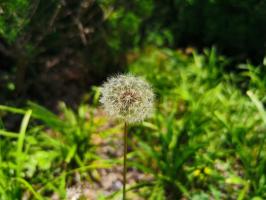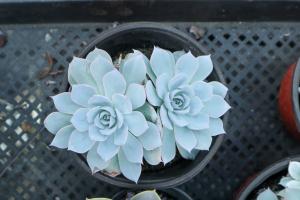What Structure is Responsible for Generating New Plant Cell Walls?
Overview
Plant cells, unlike animal cells, have an outermost cell wall that provides a rigid framework to maintain the shape of the cell. This cell wall is composed of various macromolecules, including cellulose, hemicellulose, pectin, and lignin. The synthesis and assembly of these macromolecules into a functional cell wall require the concerted action of several intracellular structures.
Golgi Apparatus
The Golgi apparatus, also known as the Golgi body, is an essential organelle found in plant cells that plays a crucial role in the synthesis and modification of cell wall components. Here, the various macromolecules that will make up the cell wall are synthesized and modified before being transported to the plasma membrane for their assembly. The Golgi apparatus sorts and packages these macromolecules in secretory vesicles and transports them to the plasma membrane.
Plasma Membrane
The plasma membrane encases the cytoplasm of the plant cell and separates it from the external environment. It is also responsible for assembling the cell wall components transported by the Golgi apparatus. Here, the secretory vesicles carrying the macromolecules fuse with the plasma membrane, releasing their contents to the extracellular space. The macromolecules then assemble in a coordinated manner to form a functional cell wall structure.
Vacuole
The vacuole is another critical structure that contributes to the synthesis and maintenance of the plant cell wall. It is the largest organelle in the plant cell and plays several roles, including storage, detoxification, and cell expansion. In developing plant cells, the vacuole is responsible for maintaining turgor pressure, which is crucial for cell expansion and wall synthesis. As the cell expands, the vacuole pushes against the plasma membrane and forces it to release wall components at specific locations, resulting in the growth and elongation of the plant cell.
Conclusion
In conclusion, the synthesis and assembly of new plant cell walls require the concerted action of several intracellular structures, including the Golgi apparatus, plasma membrane, and vacuole. The Golgi apparatus synthesizes and packages the various macromolecules that will make up the wall, the plasma membrane assembles the macromolecules, and the vacuole maintains turgor pressure, allowing the cell to expand and elongate. Understanding the role of these structures is essential for developing strategies to enhance cell wall synthesis and ultimately improve plant growth and productivity.

 how many times do yo...
how many times do yo... how many planted tre...
how many planted tre... how many pine trees ...
how many pine trees ... how many pecan trees...
how many pecan trees... how many plants comp...
how many plants comp... how many plants can ...
how many plants can ... how many plants and ...
how many plants and ... how many pepper plan...
how many pepper plan...































